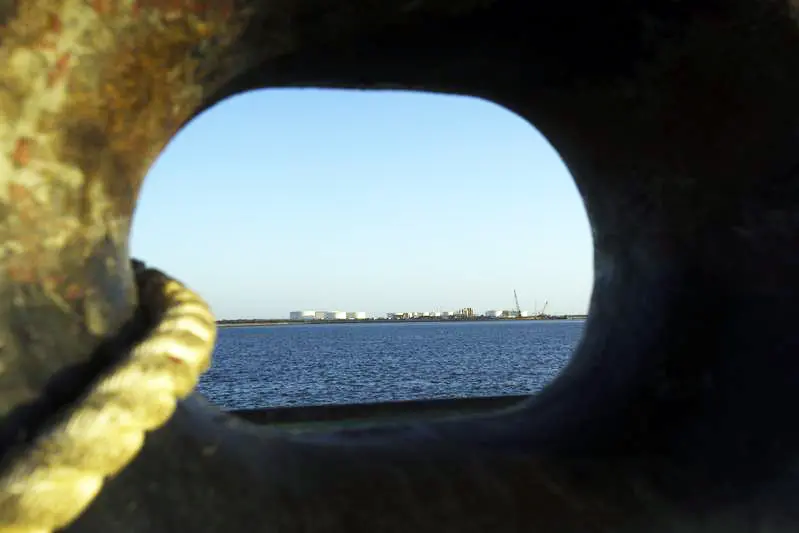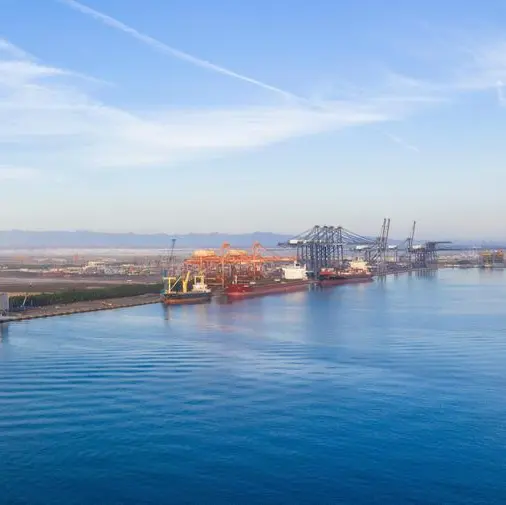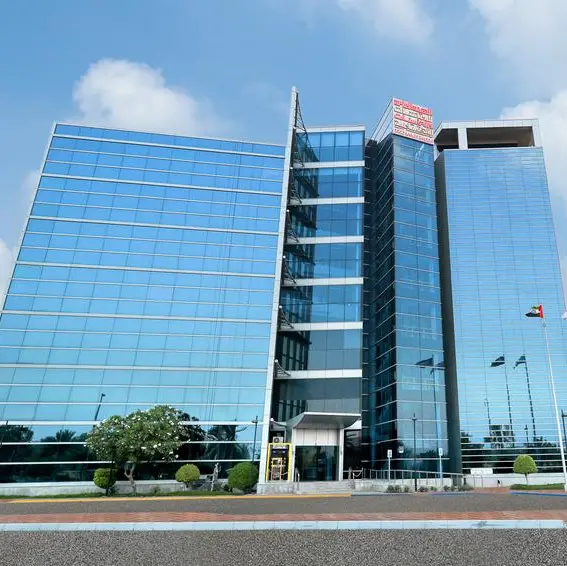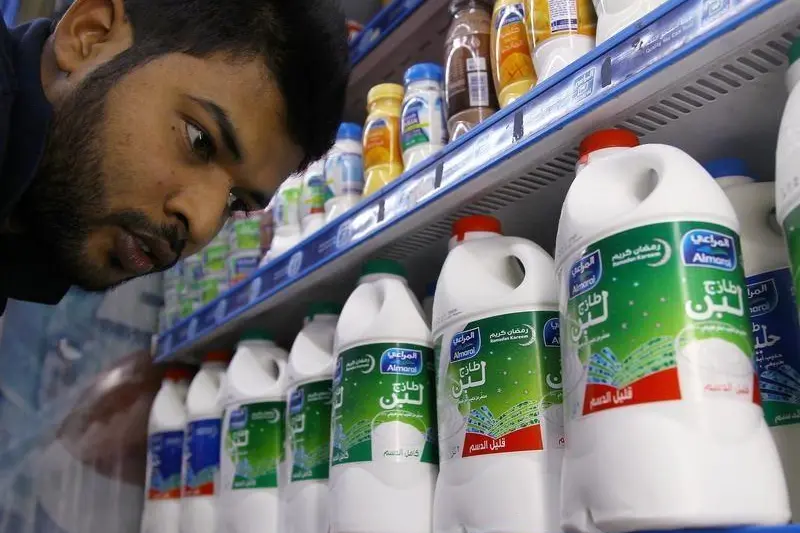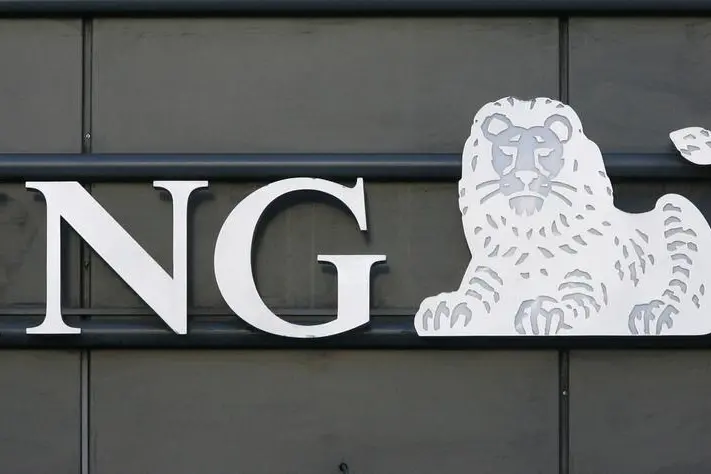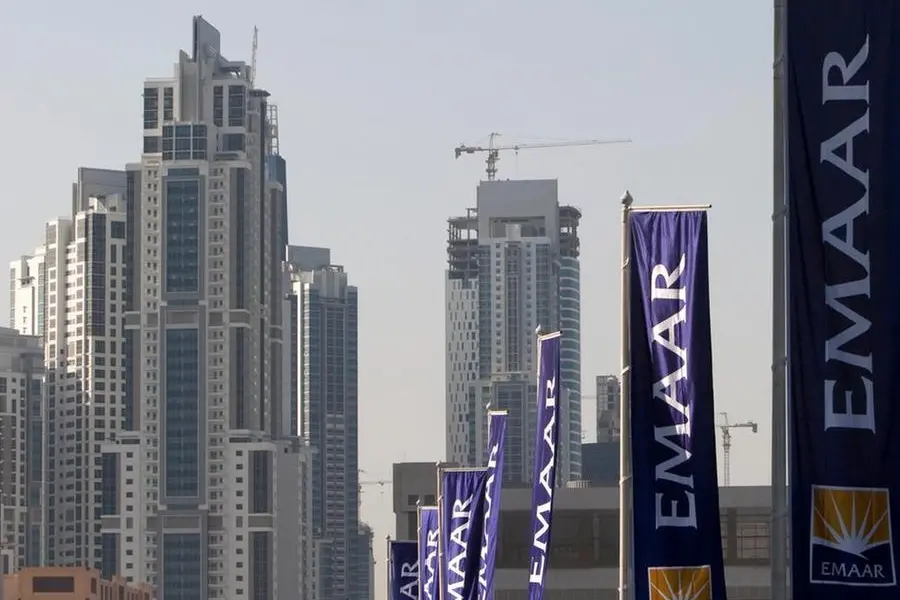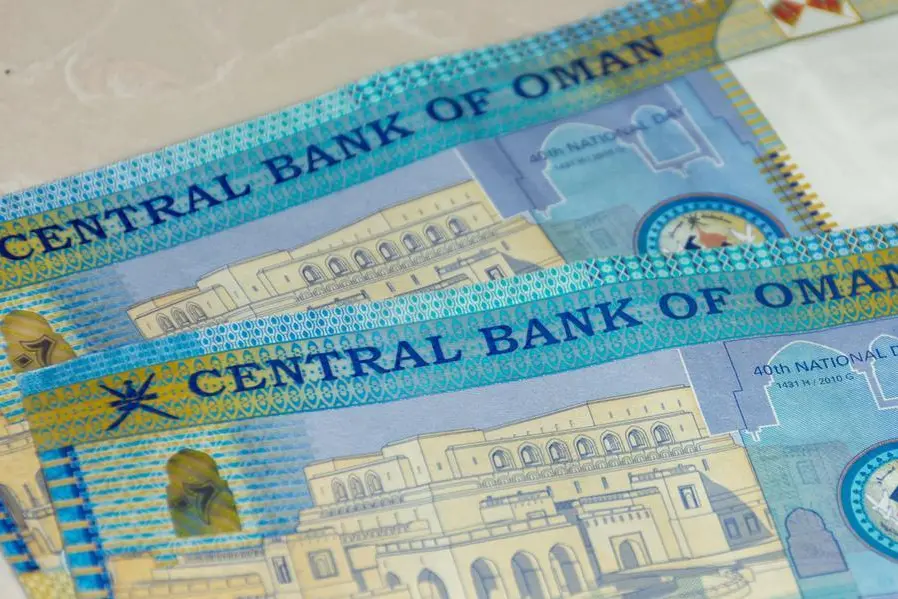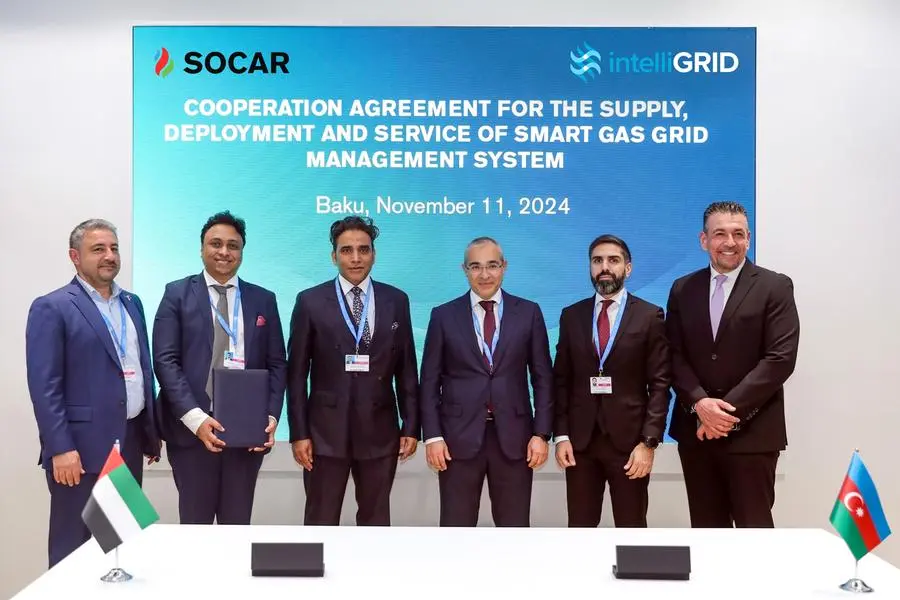PHOTO
Dalga Khatinoglu
Baku, Azerbaijan - Iran says bunkering (refuelling of ships) in Iranian ports is 5-7 US dollar cheaper than the same service in UAE’s Fujairah port.
"About 17 shipping companies are sailing to Iranian ports in Persian Gulf and this is a great opportunity to boost bunkering operations. International ships can refuel in Iran’s Qeshm port, 120 miles far from Fujairah, to get cheaper fuel," Iran Shipping Lines chairman Mohammad Saeidi said.
Qeshm port’s bunkering facilities with 1 million tons capacity were inaugurated Jan.26.
It should be noted that marine trade shares 85 percent of Iran’s total trade turnover with foreign countries.
Just six countries, including UAE are responsible for almost sixty percent of global bunker sales, according to OPEC’s estimations. Iran was not included in this list.
UAE’s Fujairah is the world's second largest bunkering port, with annual sales of around 24 million tons. Iran claims that the about 80 percent of bunkered fuels in Fujairah is of Iranian origin, exported to UAE.
According to the official statistics of Iran’s Port and Maritime Organisation, the oil, gas condensate, LPG, NGLs and oil products loading from Iranian ports stood at 165.46 million tons in 2016, while the unloading operations reached 23.96 million tons. The loads and unloads indicate 5.213 million tons increase and 4.39 million tons decrease respectively year-on-year.
With inauguration of Qeshm facilities, Iran’s annual bunkering capacity stood at 5.4 million tons.
Iran’s bunkering service in the Persian Gulf, Strait of Hormuz and the Gulf of Oman was officially commenced in 2004, with selling 392,000 tons of fuel oil to the passing vessels in the first year. The figure reached 3.345 million tons in 2011, but after Iran got hit with sanctions in 2012, the figure plunged to 1.8 million tons per year, but it has been on the rise since 2013. Iranian officials say the figure reached 4.4 million tons in 2016.
Iran currently has free capacity to export or bunker about 7.2 million tons per year of this fuel due to decreasing gas oil consumption in its power sector.
Currently fuel oil shares 40 percent in Iran’s refineries output, but the country has a $14-billion investment package to decrease this figure to 10 percent by 2021.
Iran also plans to increase refining capacity from the current 1.8 million tons per day to about 3.1 million tons per day in the next five years.
The Persian Gulf Star Refinery will add 360,000 b/d, while Siraf Complex, Anahita and Bahman Geno refineries will add 480,000 b/d, 150,000 b/d and 300,000 b/d to the current refinery capacity.
During the last fiscal year, ended on March 20, Iran daily produced 67.1 million liters of gasoline, 89.39 million liters of gas oil, 10.13 million liters of kerosene, 64.49 million liters of fuel oil, as well as 10.66 million liters of liquid gas (LPG).
© Trend News Agency 2017
